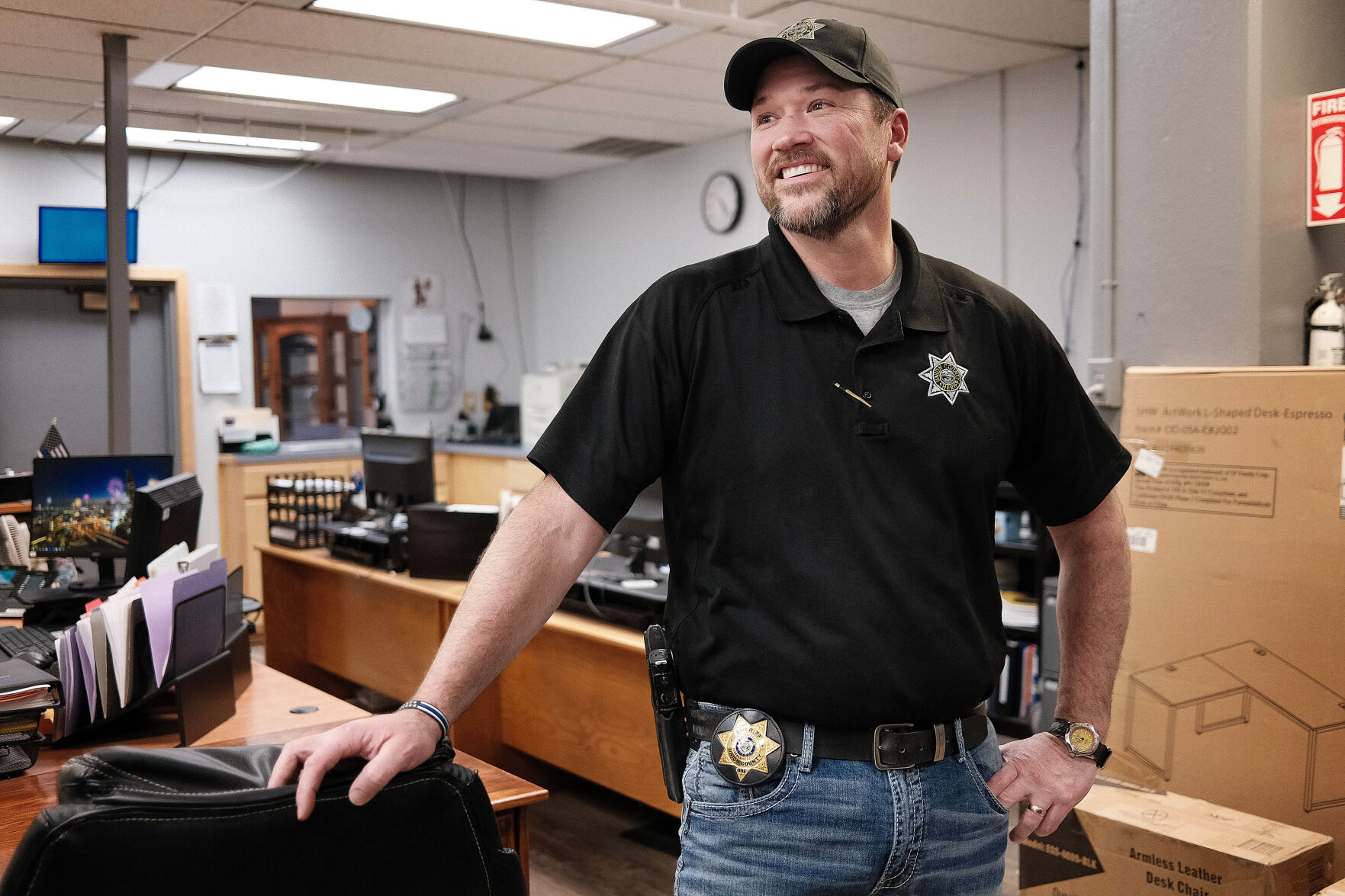BUNDLE UP: How to dress for outdoor activities in the winter
Published 12:00 am Tuesday, January 2, 2007

- Savannah Rameriz, 5, is bundled against the cold for a visit to the Elkhorn Viewing Area with her dad, Julien. When dressing children for wintertime activities, layers that can be removed are important, as are gloves or mittens (mittens are warmer) and a hat keeps body heat from escaping. (Baker City Herald/Kathy Orr).
Here are some suggestions from the Web site , one of the sponsors for Winter Trails Day.
Dress with three main layers in mind: wicking, insulating and weather protection.
Wicking layer: Worn next to your skin. Look for synthetic usually polyester fiber that has andquot;wickingandquot; power, which pulls moisture from your skin and moves it through the fabric to evaporate. Silk is another natural fabric that has wicking abilities.
Insulating layer: Sweaters, sweatshirts, vests and pullovers. Keeps heat in and cold out. Popular insulation materials include fleece and wool.
Protection layer: Exterior layer generally a shell and pants that serves as a guard against the elements. It should repel water and block the wind, while also letting perspiration evaporate.
Loose layers that trap air and are easy to remove are best, said Autumn Swiger-Harrell, physician’s assistant at
andquot;Layers allow you to shed clothes as needed to prevent sweating,andquot; she said. andquot;You want kids to stay warm but at the same time you don’t want them to be so bundled up that they end up sweating as this can dampen their clothes and cause them to chill more rapidly.andquot;
And don’t forget to accessorize with a hat, sunglasses, gloves or mittens and good socks.
andquot;Hats are a must as they help prevent body heat from escaping at temperatures less than 5 degrees C (41 degrees F), over 50 percent of our body heat can be lost through an uncovered head,andquot; Swiger-Harrell said.
Sunscreen is also important, especially for youngsters who will be spending long hours in the snow on a sunny day.
Also, Swiger-Harrell said to make sure boots and gloves aren’t too tight.
andquot;This can impair blood flow and lead to chilly fingers and toes,andquot; she said.
And make sure to pay attention to the wind chill factor.
andquot;We are much more susceptible to heat loss and cold exposure injuries when the wind is blowing as it speeds up heat loss,andquot; Swiger-Harrell said.





